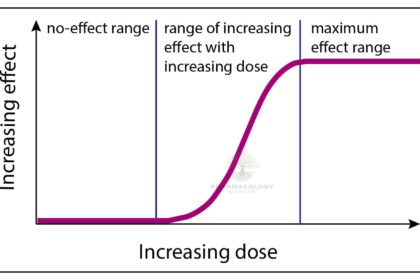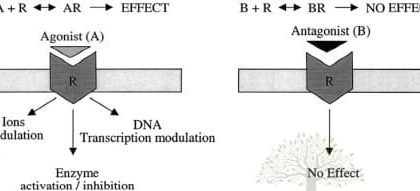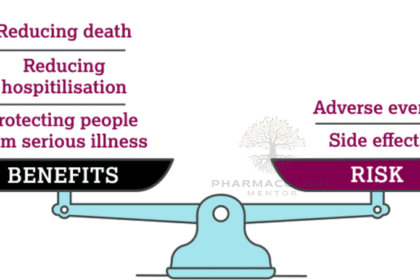Pharmacology of Macrolides
Macrolides are a group of antibiotics characterized by a macrocyclic lactone ring…
Pharmacology of Tetracyclines
Tetracyclines are a class of broad-spectrum antibiotics that are effective against a…
Principles of Antimicrobial Chemotherapy
Antimicrobial chemotherapy has transformed modern medicine, providing effective treatments for a wide…
Antimicrobial resistance
Antimicrobial resistance is a leading global health threat, characterized by the ability…
The history and evolution of antimicrobial agents
The development of antimicrobial agents stands as one of the most significant…
Physiology of the Thyroid Gland
Introduction The thyroid gland plays a pivotal role in human physiology, modulating metabolism, growth,…
Dose-response relationships
The dose-response relationship is a fundamental concept in pharmacology that describes how…
Drug-Receptor Interactions: Agonists and Antagonists
Drug-receptor interactions refer to the binding of drugs to specific receptors, leading…
Drug Potency and Efficacy
Understanding "drug potency" and "drug efficacy" is crucial in pharmacology, as they…
Drug Selectivity, Safety, and Risk-Benefit Ratio
The pharmacological landscape is complex, and drugs often produce a range of…











